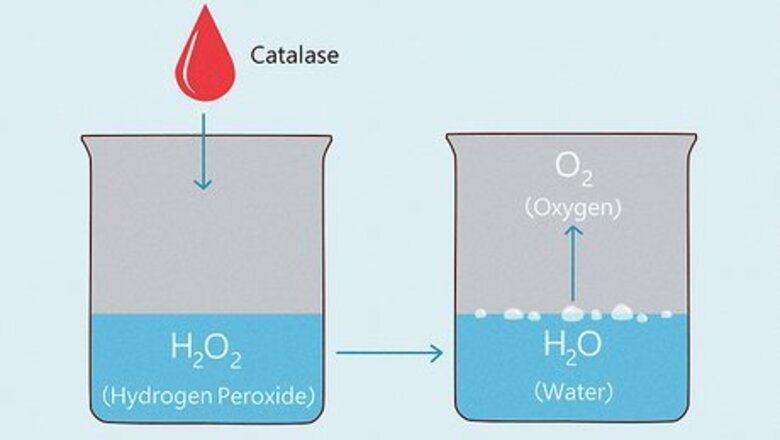
views
- Hydrogen peroxide bubbles when a chemical reaction breaks it down to water and oxygen.
- Organic materials like blood, damaged skin cells, and some bacteria contain an enzyme called catalase that sets off the reaction.
- Even though hydrogen peroxide cleans wounds, it’s not recommended for wound care because it irritates your skin and delays healing.
- Instead of using peroxide, wash your wound with soapy water, apply an ointment, and put on a bandage.
Why does peroxide bubble?
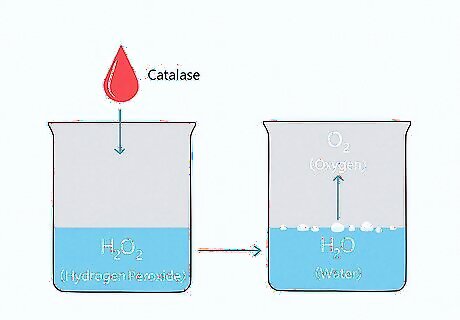
Hydrogen peroxide releases oxygen during a chemical reaction. The chemical formula for hydrogen peroxide is H2O2. When peroxide encounters an enzyme called catalase, it releases oxygen in a process called oxidation, which causes the fizzing you see. Once the oxygen is released, you’re left with water. Since blood, damaged skin cells, and some bacteria contain catalase, hydrogen peroxide bubbles when you pour it on a wound. What all contains catalase? Blood, damaged skin cells, certain bacterias, fungi, metals, and organic matter like food and plants.
When peroxide bubbles, does it mean infection?
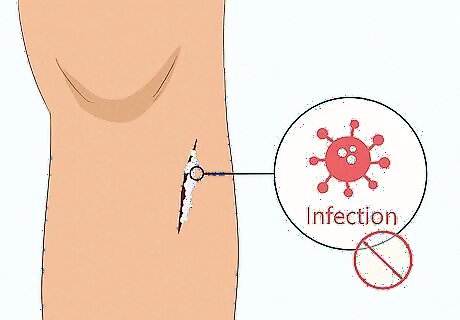
No, peroxide foam doesn’t mean your wound is infected. Hydrogen peroxide bubbles because of a chemical reaction, not an infection. It’s possible that there’s bacteria or a fungus in your wound, but the peroxide can’t diagnose an infection. If you’re worried about your wound, visit your doctor to get it examined. To check your wound for infection, watch for pain, swelling, redness, and pus. You may also have a fever.
How Peroxide Cleans Wounds
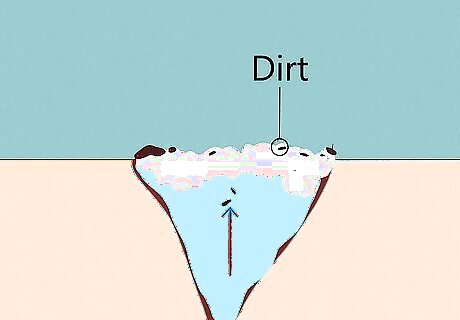
The bubbles lift out dirt and dried blood. As hydrogen peroxide oxidizes, the released oxygen naturally irrigates any debris that’s caught in your wound. Then, the water left on your skin from the chemical reaction washes away the debris.
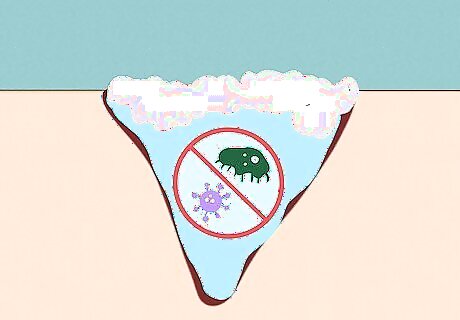
Hydrogen peroxide kills bacteria and fungal spores. The peroxide actually breaks down the cell walls of bacteria and fungi. Because it kills germs, hydrogen peroxide may help prevent an infection. You can actually clean your home with peroxide because it sanitizes and disinfects.
Is hydrogen peroxide good for cleaning wounds?
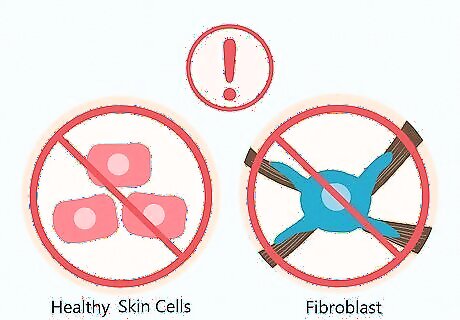
No, hydrogen peroxide isn’t recommended for wound care. In the past, hydrogen peroxide was a staple in every family’s medicine cabinet. However, we now know that hydrogen peroxide kills healthy skin cells along with germs. Additionally, peroxide kills a type of connective tissue called fibroblasts that help your skin mend. Because of this, peroxide slows down wound healing and may increase your risk of infection. Instead of using peroxide, clean your wound with soapy water or saline solution. Then, apply an antibiotic ointment or petroleum jelly before putting on a bandage.
Reasons Peroxide Isn't Bubbling
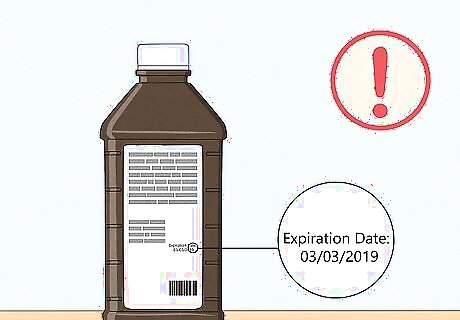
The peroxide may be expired. As it turns out, hydrogen peroxide is a very reactive compound. Over time, it’ll oxidize, releasing oxygen to become oxygen and water. That means the bottle of hydrogen peroxide in your cabinet will eventually just be plain old water. This is likely the case if your peroxide has been open for a while. To extend the life of your hydrogen peroxide, store it in a cool, dark space. Never ingest hydrogen peroxide, even if it’s old. It’ll cause gastrointestinal distress, which can be severe.
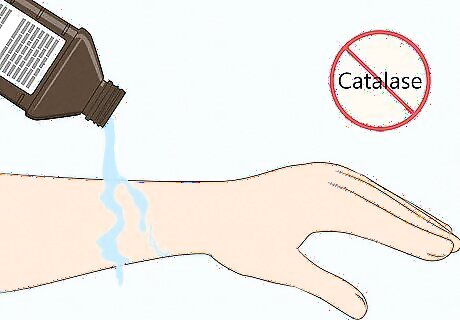
There may not be a substance for the peroxide to react with. If you pour peroxide on clean, unblemished skin, it won’t fizz. That’s because catalase must be present for the reaction to happen. The lack of bubbles doesn’t mean anything is wrong.












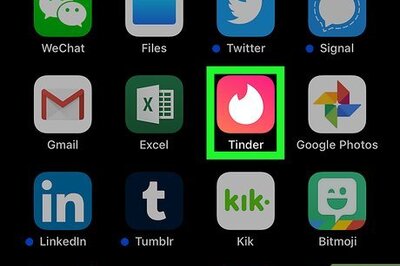


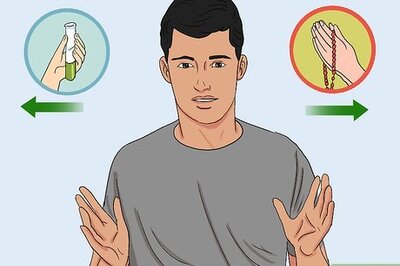


Comments
0 comment